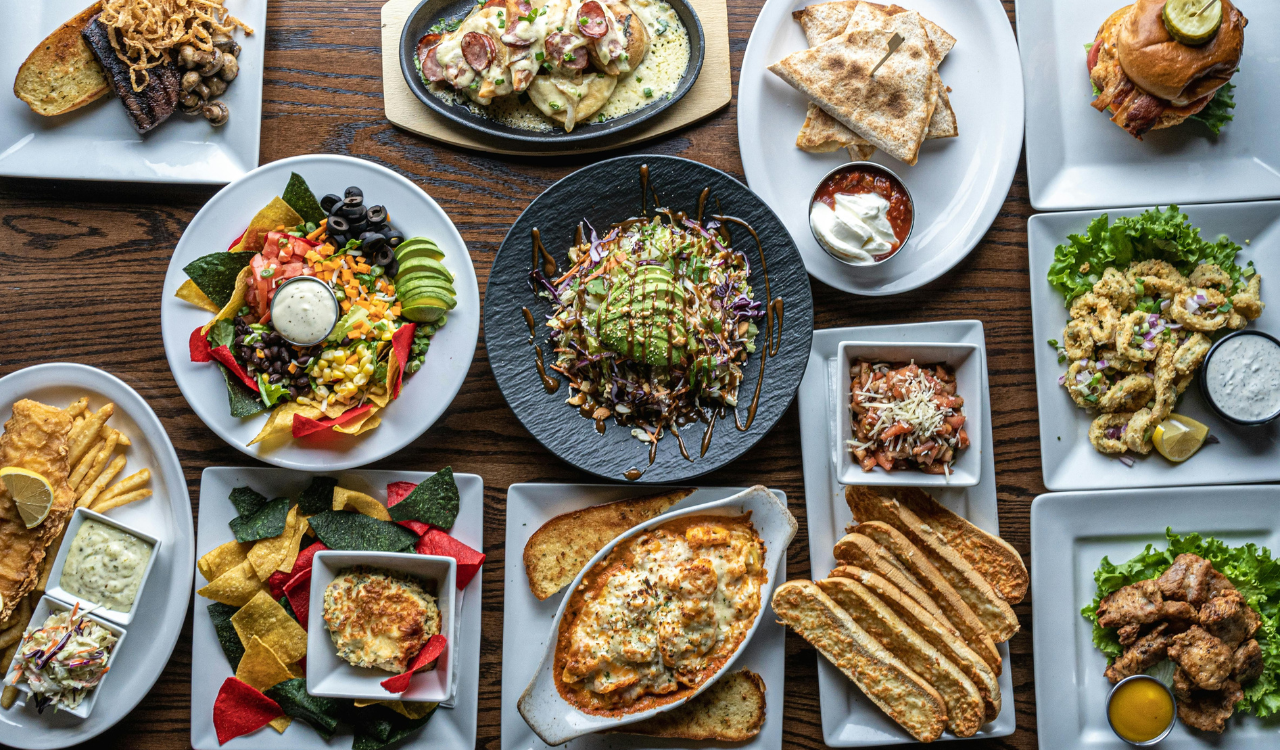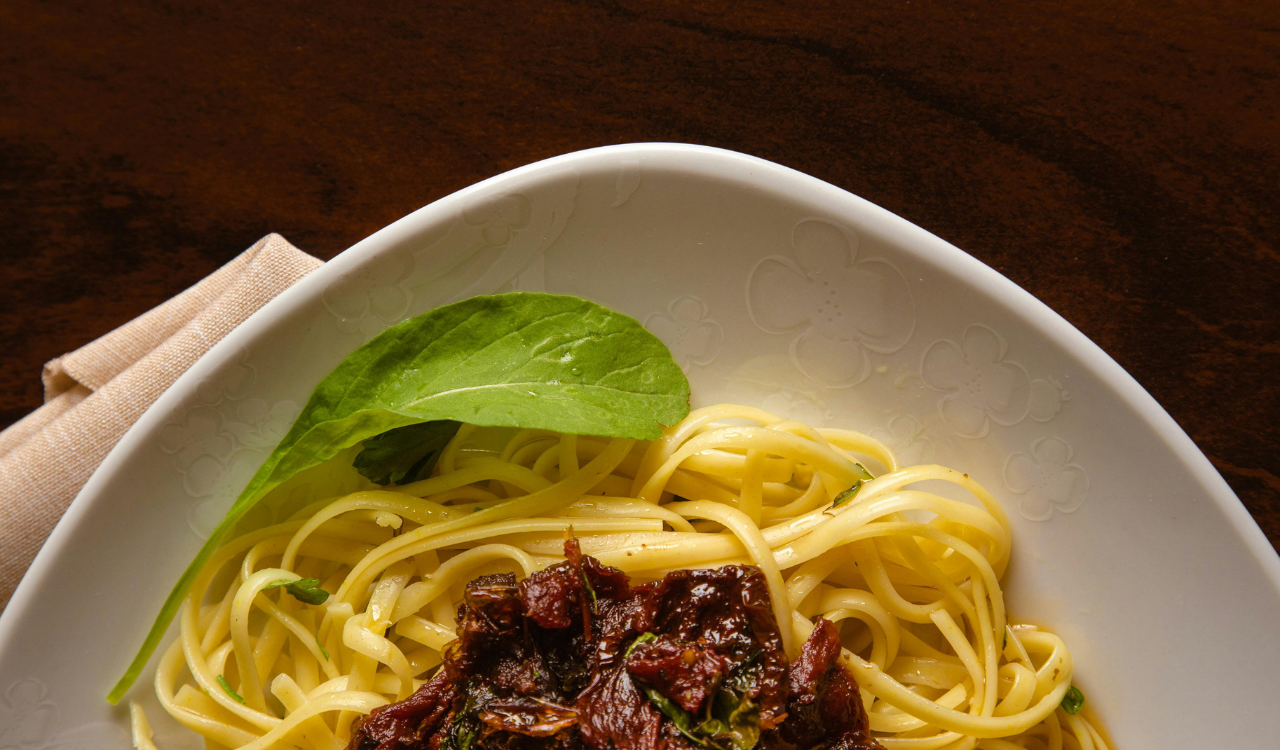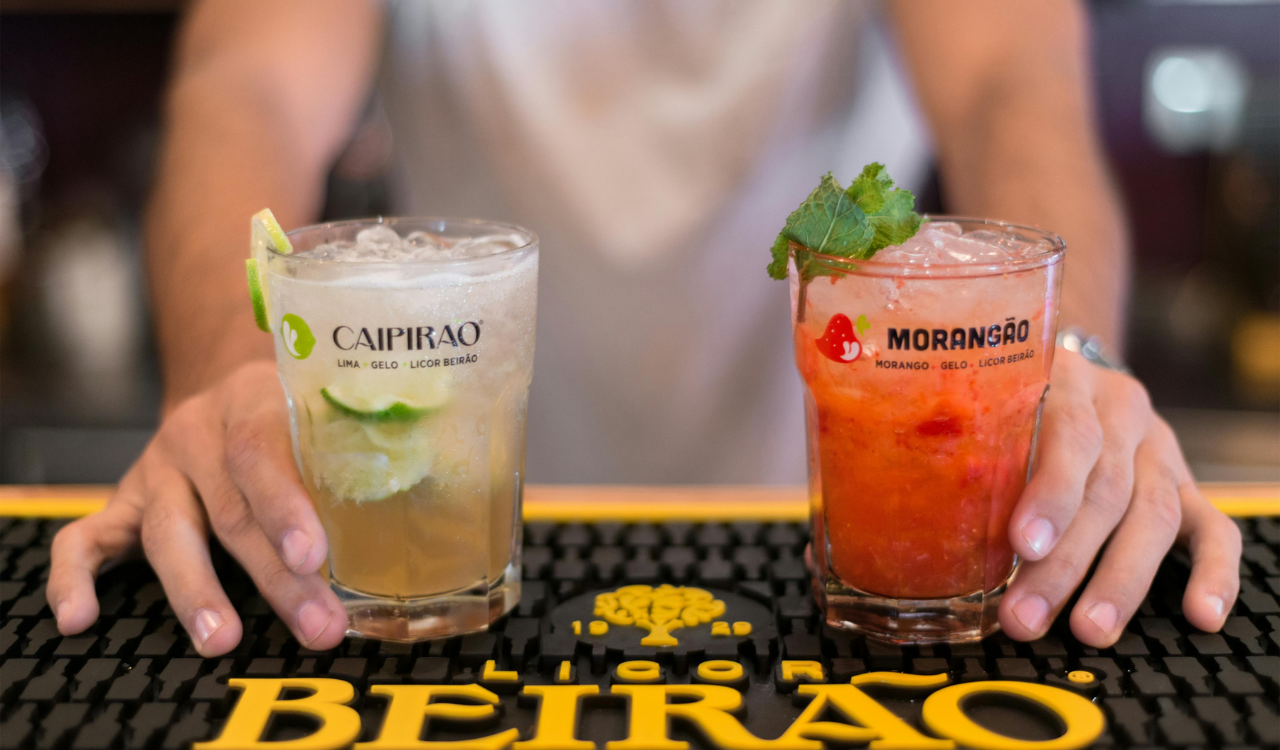7 Pineapple Pies Like Johnny Cash’s Mama Made (Budget Picks)
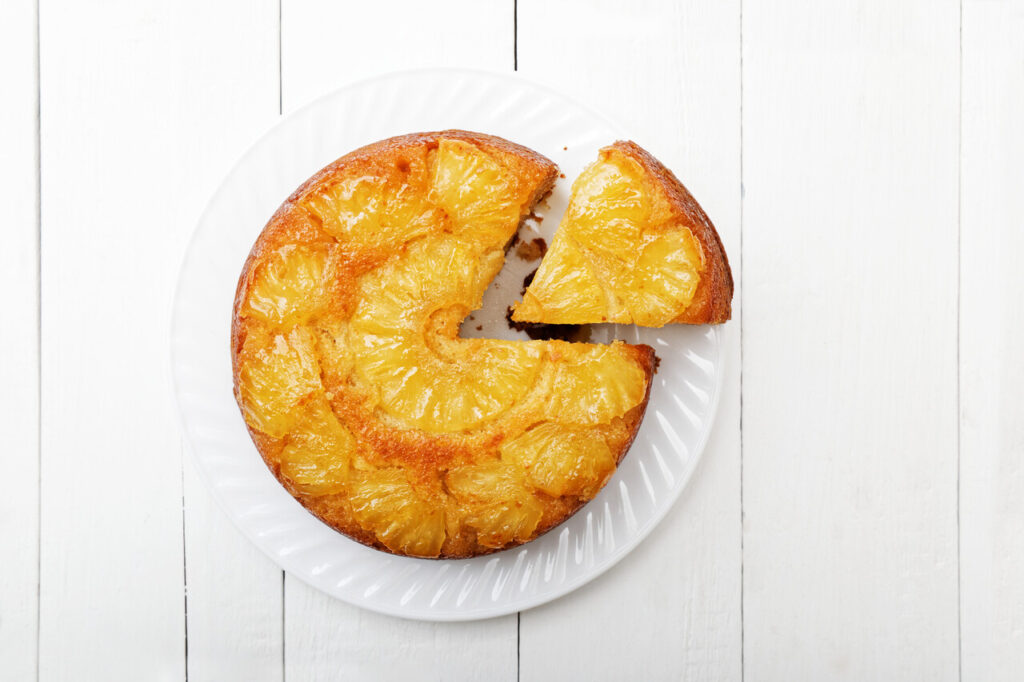
Johnny Cash’s mama made a pineapple pie that captured everything good about Southern baking: simple ingredients, honest sweetness, and a texture that felt like comfort. Her version was humble yet full of flavor, crafted from pantry staples and designed to stretch a dollar. Today, those same principles still apply. These modern takes retain the warmth of the original while incorporating smart swaps, using affordable and practical ingredients that make the pie easier to bake and just as satisfying to eat. It’s proof that a good dessert doesn’t have to cost much to taste like home.
1. Crushed canned pineapple and a basic pie shell

Here’s the practical truth: crushed canned pineapple is the most reliable, affordable way to get bright pineapple flavor without fuss or waste. Canned fruit is picked and packed at peak ripeness, so it delivers consistent sweetness and texture year round. For a budget pie, drain carefully to control moisture, reserve a little syrup to tweak sweetness, and thicken the filling with a simple cornstarch slurry so the pie sets without expensive ingredients. Pair with a basic store-bought pie shell or a quick pantry crust made from flour, fat, salt, and a splash of cold water; the result is a familiar, homey pie that tastes like effort even when it costs little.
2. Almond extract instead of vanilla for deeper, nutty aroma
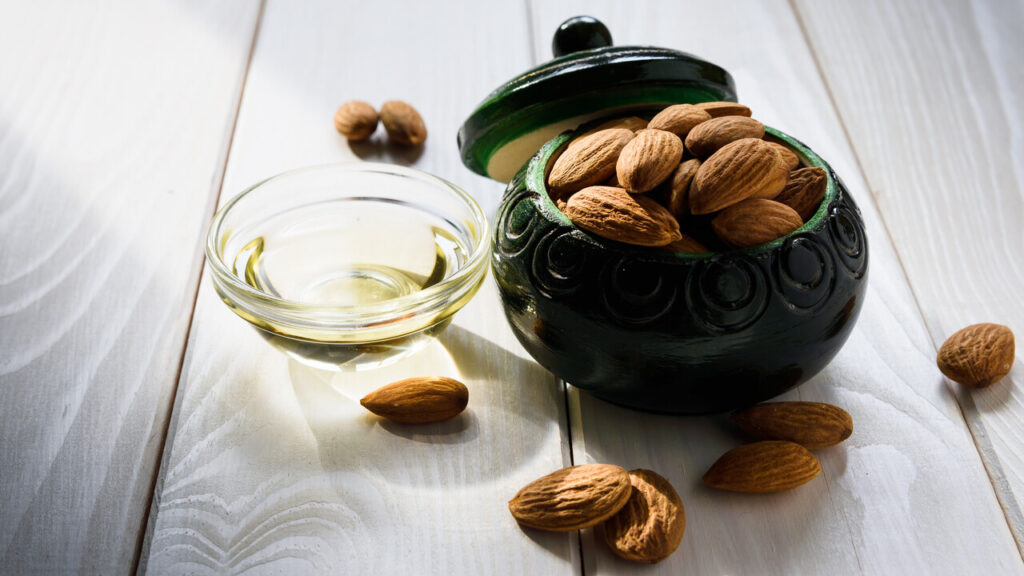
A little almond extract goes a long way and is an inexpensive trick to nudge the pie into a richer, more distinctive profile. Where vanilla gives warm, rounded sweetness, almond offers a floral, nutty lift that pairs particularly well with pineapple. Use it sparingly, a quarter to half a teaspoon for a typical pie, because it’s concentrated. It’s especially effective if your recipe is using lower cost sweeteners or canned fruit; the extract helps mask any flatness and makes the filling read as more layered and considered than its price would suggest.
3. Replace half the sugar with brown sugar for caramel depth
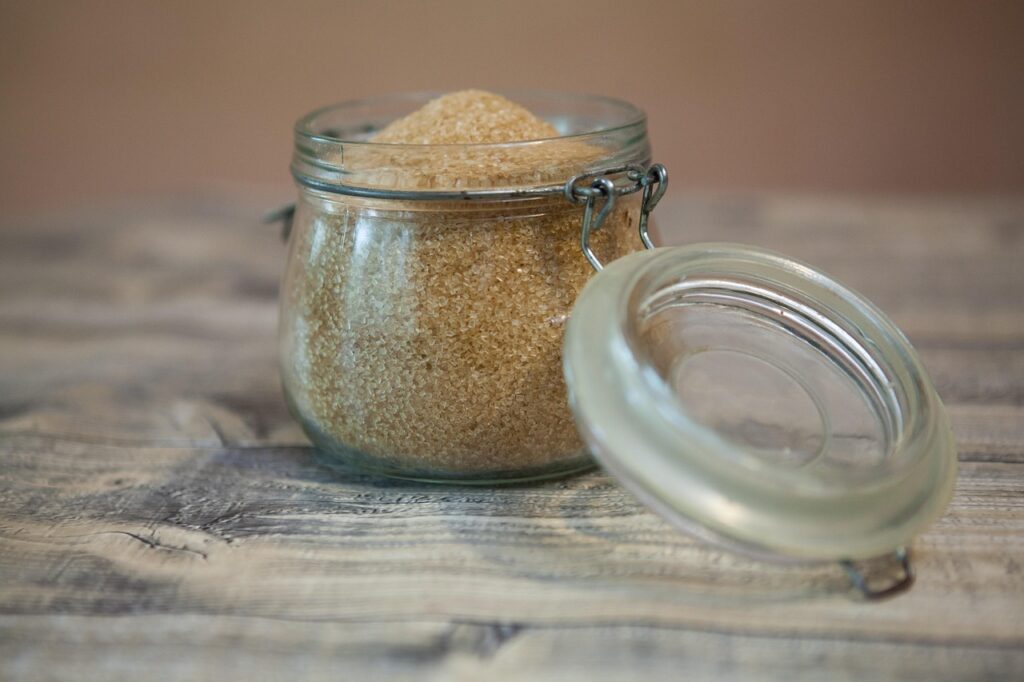
Swapping part of the granulated sugar for brown sugar is a cheap way to add molasses like caramel notes that make a budget pie taste richer. Brown sugar contributes moisture and a toasted sugar complexity that enhances the pineapple’s natural acidity. Use light brown sugar for a subtle lift or dark for pronounced caramel. If you’re reducing refined sugar for health reasons, cut total sugar modestly and allow the brown sugar’s flavor to do more of the heavy lifting; your pie will still set properly if you keep the thickening agent and baking time consistent.
4. Frozen short-crust pastry for fast, inexpensive convenience
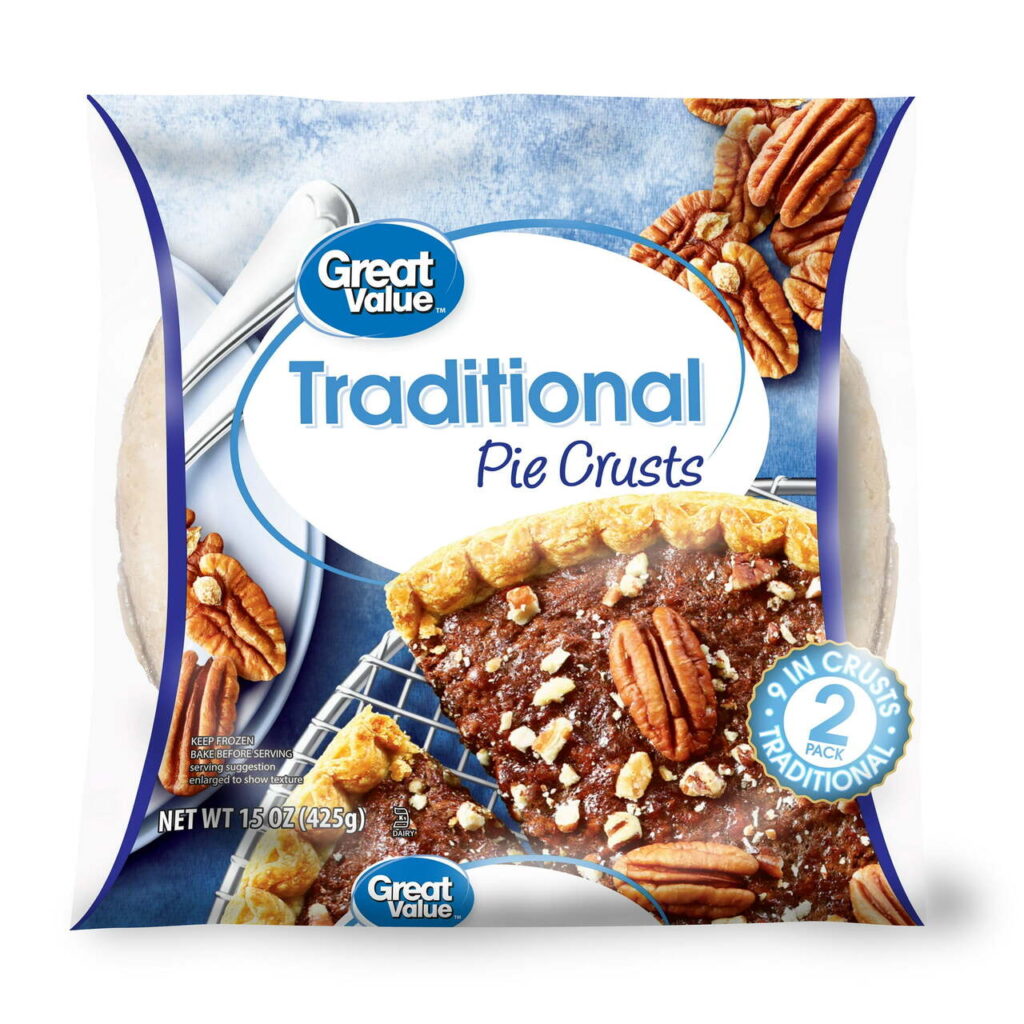
Using frozen short-crust pastry eliminates the time, equipment, and skill often needed to shape a perfect homemade crust while keeping costs down. Modern frozen doughs roll out predictably and bake into a flaky shell with minimal effort. Thaw in the refrigerator overnight and roll briefly on a floured surface to rest the gluten and avoid shrinkage. Blind bake the shell briefly if you’re worried about sogginess from a juicy pineapple filling; that step gives you a crisper base and is a simple technique that upgrades cheap dough into something impressive on the table.
5. A handful of chopped pecans or almonds for texture and perceived value
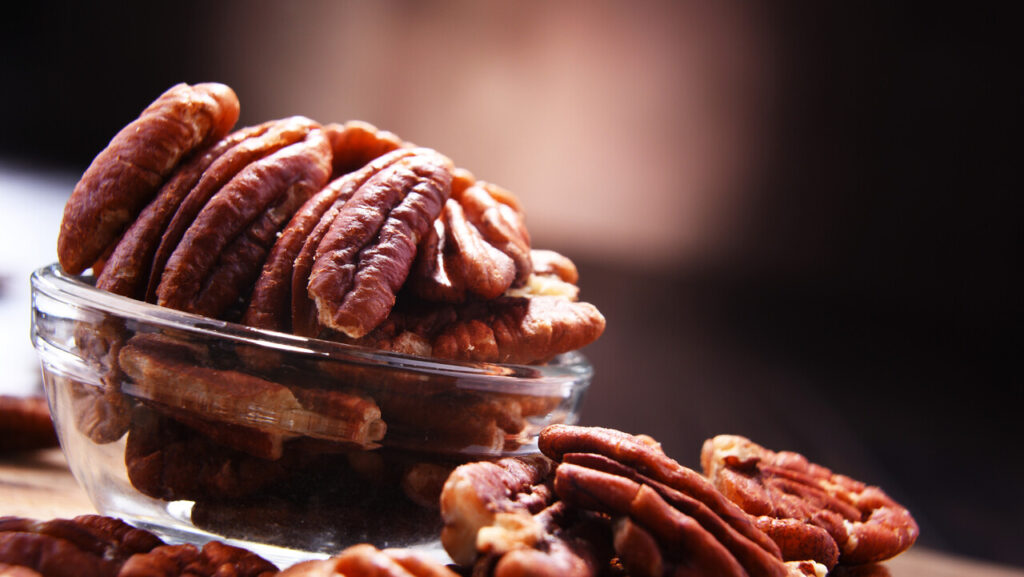
Adding nuts to the filling or sprinkling them atop the pie is a low cost way to add textural contrast and make the dessert seem more luxurious. Toast chopped pecans or almonds briefly to wake their oils and deepen flavor before mixing them into the filling or scattering them across the top. Nuts also help absorb some syrupy moisture from canned pineapple, improving sliceability. Even a modest amount, half a cup for a standard pie, conveys craft and intention. If the budget is tight, a small garnish goes a long way in perception while keeping per-serving costs low.
6. Sweetened condensed milk instead of heavy cream for creamy structure
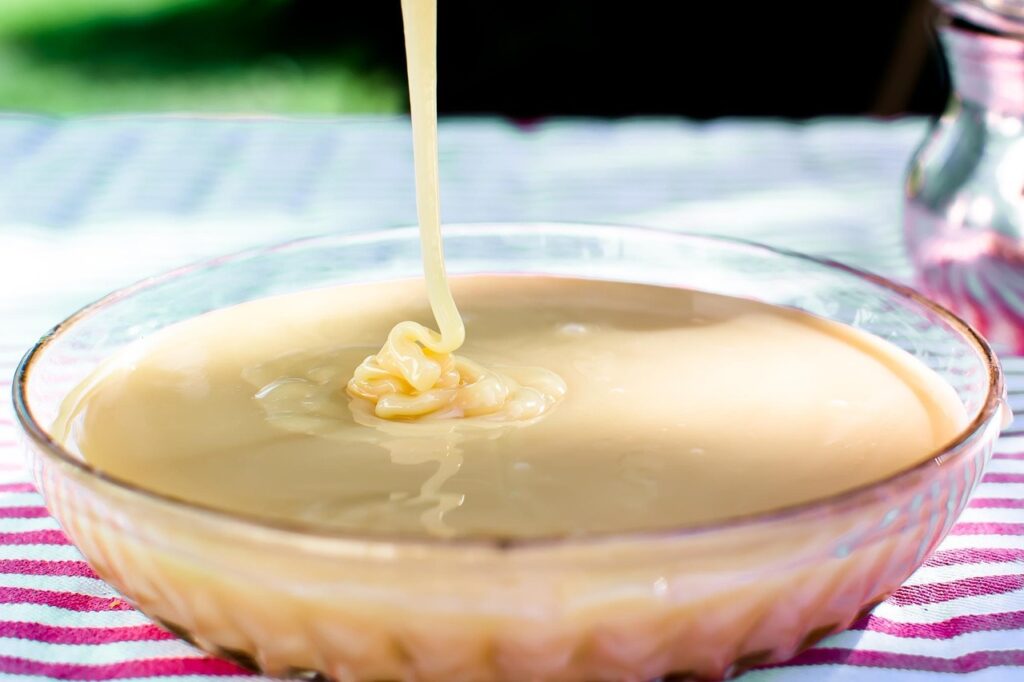
Sweetened condensed milk is an economical substitute for heavy cream or custard bases when you want creaminess without the price. It brings fat and sugar together in a stable, shelf-stable package that thickens when baked and gives the pie a fudgy, cohesive texture. Because it’s already sweet, reduce added sugar accordingly and balance with a little acid or citrus zest to keep the filling from becoming cloying. The condensed-milk approach simplifies technique, no tempering or curdling worries, and keeps ingredient lists short and cost predictable.
7. Whipped topping instead of fresh cream for lower cost and easier serving
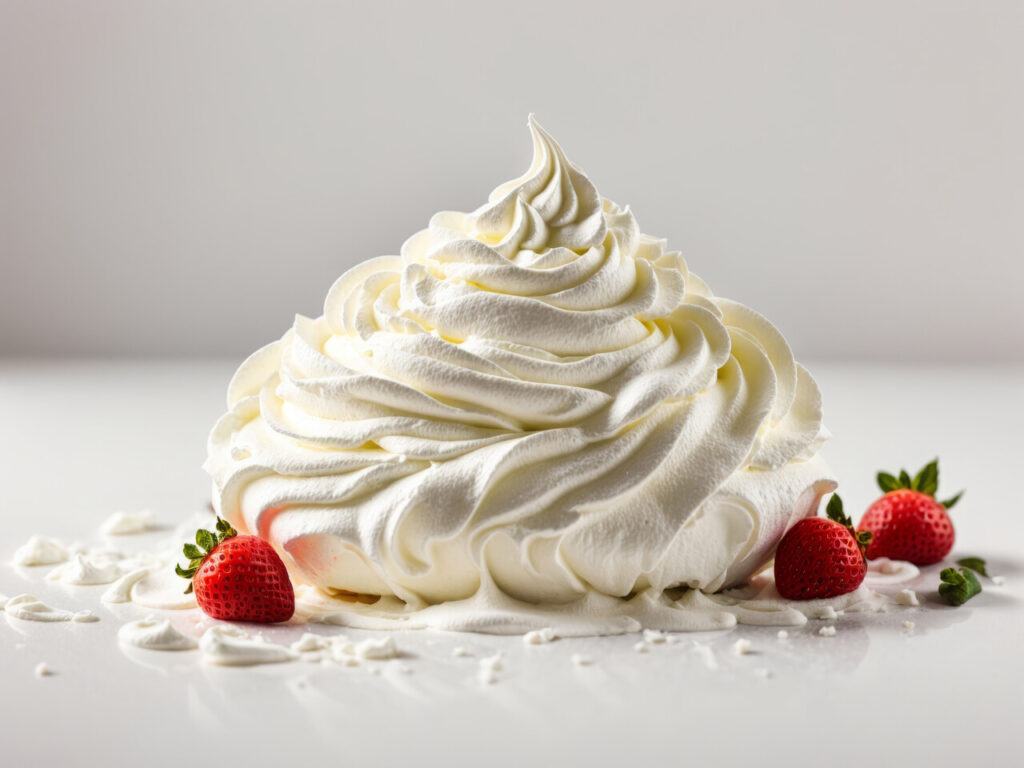
Top a pineapple pie with a whipped topping like stabilized whipped cream made from powdered mix or a light non-dairy whipped topping to cut cost and simplify service. These products hold shape longer at room temperature, travel well, and remove the need for last-minute whipping. For a fresher impression, fold in a little citrus zest or a few tablespoons of mascarpone if you can afford it; otherwise, a neat pipe of whipped topping and a final sprinkle of toasted nut or cinnamon read as intentional and festive. It’s an easy finishing move that keeps the pie approachable and budget-friendly.

